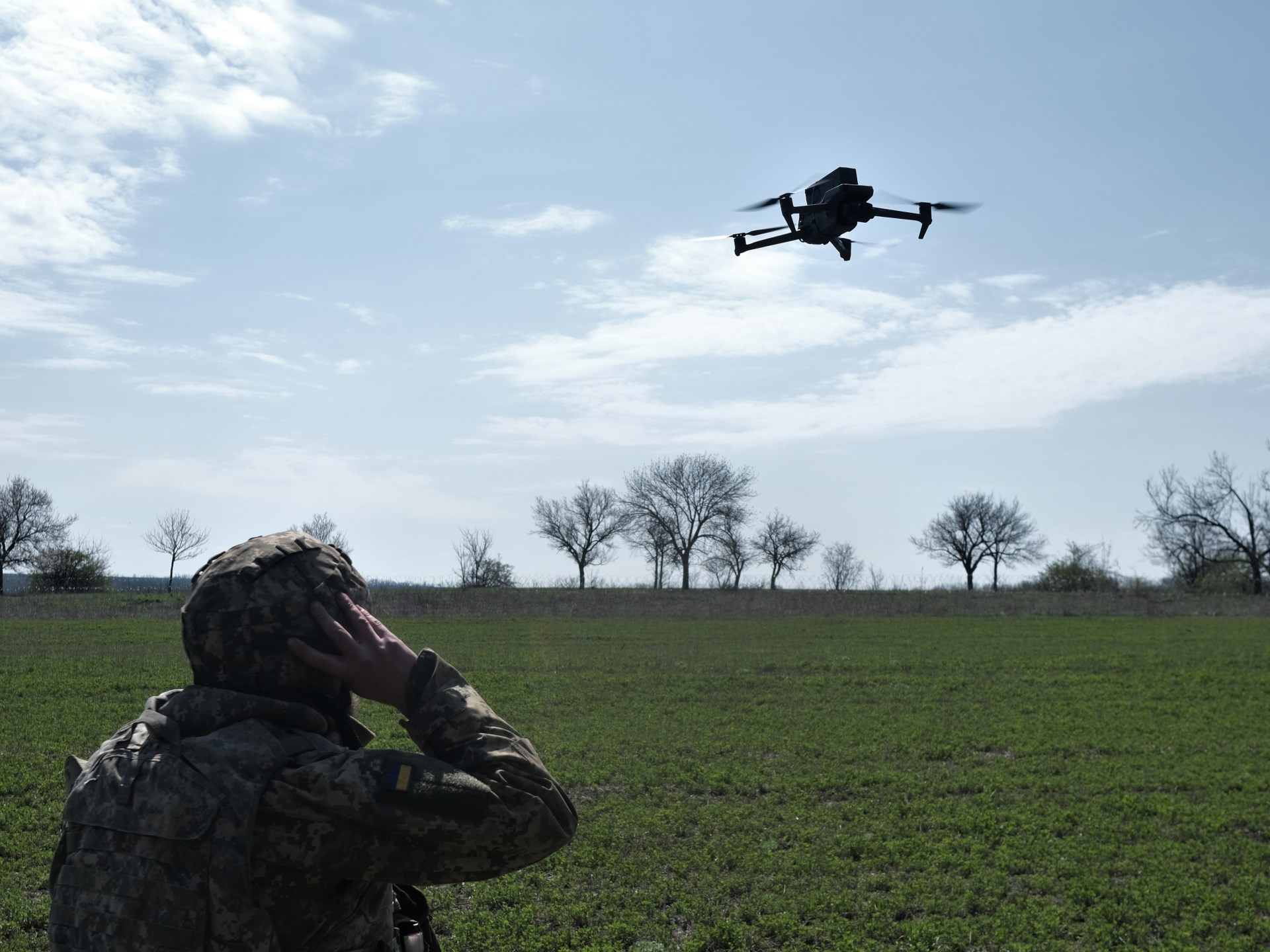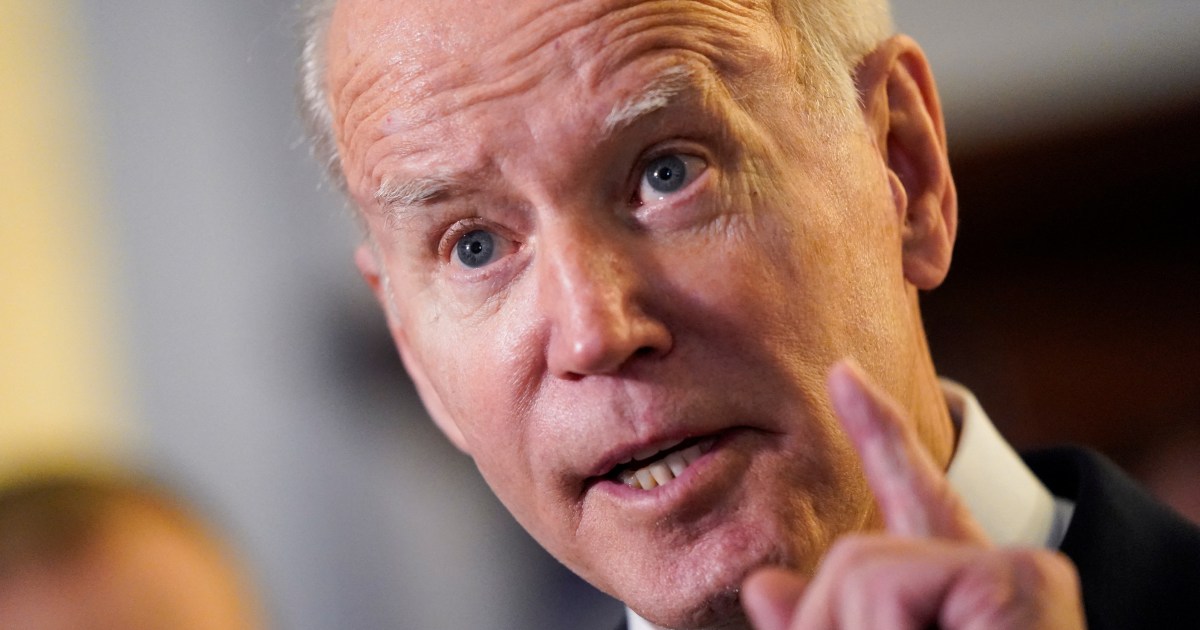Why is the racial gap in US drug overdoses widening? | TV Shows
On Thursday, July 28 at 19:30 GMT:
The number of people dying from drug overdoses in the US is now at record levels, with the number of fatalities recorded in 2021 equivalent to one death every five minutes.
Now the US Centers for Disease Control (CDC) has found that that while fatal overdoses rose dramatically during the first year of the coronavirus pandemic across all racial demographics, overdose fatalities surged especially among Black and Native American individuals.
The CDC says overdose deaths surged 44% among Black people and 39% among Native American people in 2020 over the previous year, based on data drawn from 25 US states and the District of Colombia. Overdose fatalities rose 22% among white people over the same period. A glut of illegally-produced fentanyl, a synthetic opioid, is behind the majority of recorded deaths, the agency says.
CDC officials partially attribute the rise in deaths across all demographics to the disruption of prevention, treatment, harm reduction and recovery support services during the very worst early days of the coronavirus pandemic. But it also found that opioid overdose rates in 2020 were higher in areas where there is greater availability of opioid treatment programmes, compared to areas with fewer treatment options.
That’s of little surprise to frontline non-governmental organisations battling to provide help and support to drug users, particularly those serving Black and Indigenous communities. They say many people with drug addictions are unable to easily access the help they need, whether due to a lack of transportation, medical insurance, or mistrust of the services that are provided. Researchers point to racial inequities within the US healthcare system that systematically exclude racial minorities from access to drug addiction treatment and care.
In parts of the US where the deadly impact of drug use is particularly acute, community leaders and health officials are now establishing access to life-saving treatment programmes and fentanyl test kits through trusted locales, such as churches and community centres. But the impact of fentanyl in Black and Indigenous communities remains a largely hidden epidemic.
In this episode of The Stream, we’ll examine why fentanyl and other powerful drugs are having a particularly deadly impact on Black and Indigenous communities in the US, and ask what’s needed to save lives.
In this episode of The Stream, we are joined by:
Andrea Medley
Research Associate, Center for American Indian Health, Johns Hopkins Bloomberg School of Public Health
caih.jhu.edu/about/our-people/andrea-medley
Charles Hawthorne, @charles_hwthrne
Equity and Harm Reduction Project Manager, CA Bridge
cabridge.org/charles-hawthorne/
Maritza Perez, @maritzacperez
Director of the Office of National Affairs, Drug Policy Alliance
drugpolicy.org/




